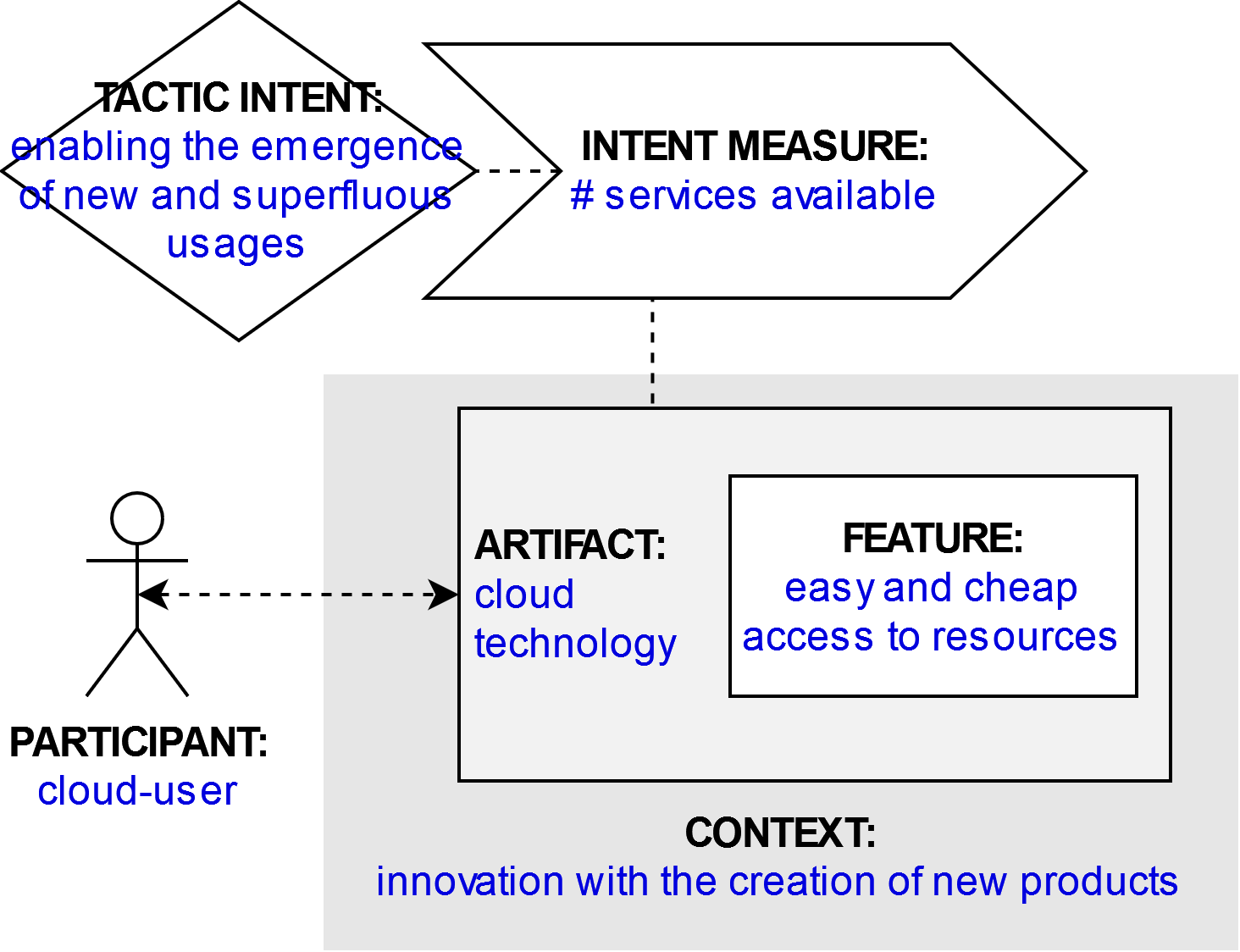All Tags
AWS
ai
algorithm-design
architecture
browser
cloud
cloud-efficiency
cloud-principles
cost-reduction
data-centric
data-compression
data-processing
deployment
design
documentation
edge-computing
email-sharing
energy-efficiency
energy-footprint
enterprise-optimization
green-ai
hardware
libraries
llm
locality
machine-learning
maintainability
management
measured
microservices
migration
mobile
model-optimization
model-training
multi-objective
network-traffic
parameter-tuning
performance
queries
rebuilding
scaling
services
storage-optimization
strategies
tabs
template
testing
workloads
Tactic: Superfluous usages
Tactic sort:
Dark Tactic
Type: Unsustainable Pattern
Category: cloud-computing
Tags:
Title
Superfluous usages
Description
One of the direct rebound effects of cloud migration, together with the dark tactics data traffic growth consumption and overconsumption. By providing cheaper, less energy-intensive and easier-to-use technologies, the cloud computing paradigm tends to foster growth in data traffic and consumption and to enable the emergence of superfluous usages that were not possible before (e.g., using a navigation system on the phone although your car has one already built-in). This negates (at least partially) the promised energy savings. Cisco reveals evidences of such a traffic growth. The average traffic per capita per month was expected to grow from 12.9GB in 2016 to 35.5GB in 2021, while the number of Internet users would grow from 44% of the global population to 58% in the same period. This growth may not be caused solely by the shift to cloud computing but it remains an indicator of a potential rebound effect. Unfortunately, rebound and transformational effects are insufficiently discussed in the field and their multifaceted nature makes them hard to measure. Nonetheless, there exist definitions of rebound effects in cloud computing and frameworks to categorize them, paving the way to more precise assessment.
Participant
cloud-user
Related artifact
Cloud technology
Context
Innovation with the creation of new products (hardware/software)
Feature
Easy and cheap access to resources (e.g., storage, processing)
Tactic intent
Enabling the emergence of new and superfluous usages
Intent measure
number of services available
Countermeasure
Counteracting the rebound effect of a technology means to question ourselves on the basic need that this technology is fulfilling. Lange & Santarius introduce digital sufficiency as a principle for sustainable digitalization, which they define as 'as much digitalization as necessary and as little as possible'. The idea is to shift towards designing longer-lasting and reparable hardware and software, only collecting necessary data and placing the user back at the center of the concerns.
Source
*The Dark Side of Cloud and Edge Computing* by Klervie Toczé, Maël Madon, Muriel Garcia and Patricia Lago (DOI: https://doi.org/10.21428/bf6fb269.9422c084)Graphical representation
